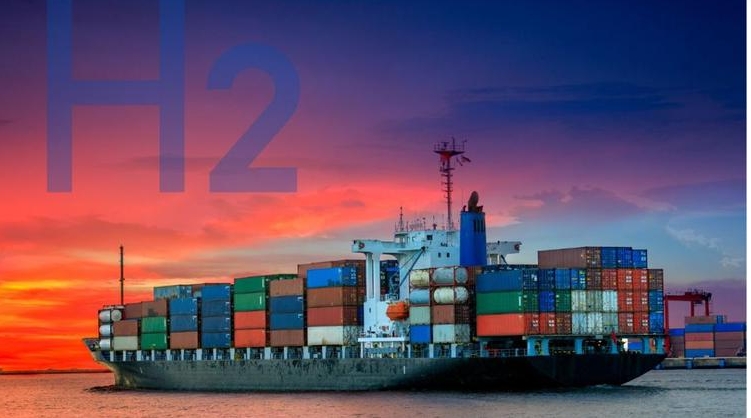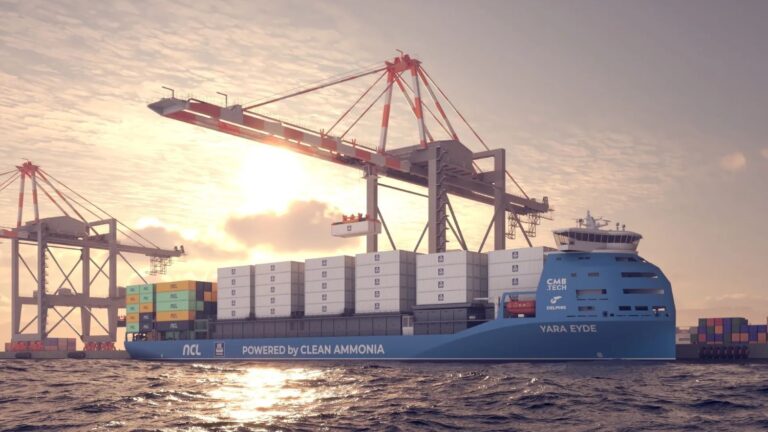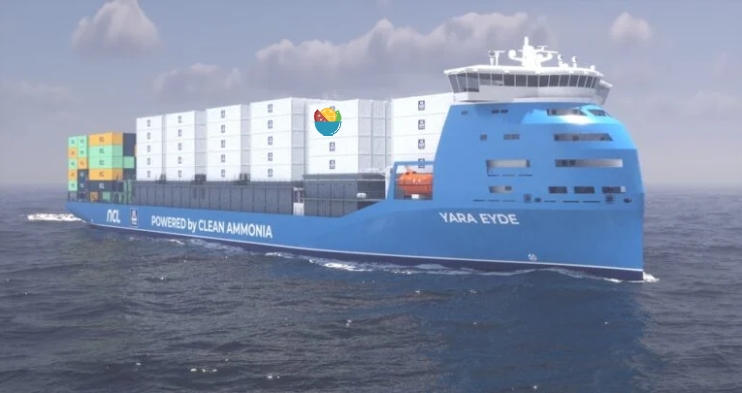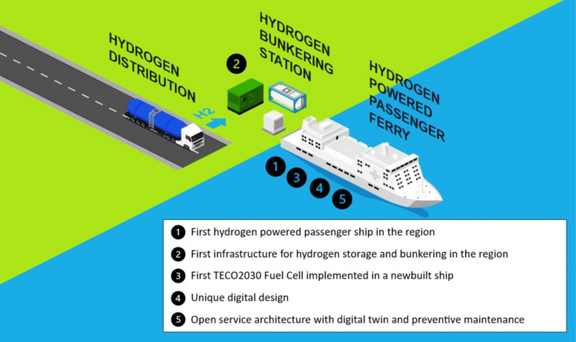The inefficient global infrastructure for energy transmission and distribution requires an additional generation of electricity to compensate for losses. And countries that have large proportions of fossil fuel generation and inefficient network infrastructure, or a combination of the two, are the main culprits for what we call "compensatory emissions." These emissions are the result of additional electricity, often generated from fossil fuels. – Required to compensate for network losses.
We estimate that, worldwide, compensatory emissions amount to almost one billion metric tons of carbon dioxide equivalent to the year, in the same range as the annual emissions of heavy trucks or the entire chemical industry. By surveying the transmission and distribution infrastructures of 142 countries, we also determined that approximately 500 million metric tons of carbon dioxide can be reduced by improving the efficiency of the global network.
How did we get the numbers?
Most of the electricity is generated in power plants and is sent through high-voltage transmission lines over long distances before being sent locally through what is called the distribution network: the poles and cables that are connected to the final consumers. As power moves through that network, resistance in metal wires causes heat. That results in some of the fuel energy used to produce electricity being lost in transit.
To quantify greenhouse gas emissions from this process, we use a method called life cycle assessment. Our analysis goes beyond combustion only in the power plant. We quantify global emissions from the cradle to the grave: from the extraction of fuel to combustion in the power plant, then the transmission and distribution to the consumer. Our calculations are based on the combination of electricity and transmission and distribution losses exclusive to each country.
Our study showed that losses are very variable depending on the country. In 2016, total transmission and distribution losses reached 19% in India and 16% in Brazil. But they had more than 50% in Haiti, Iraq and the Republic of the Congo. This means that only half of the electricity generated reached or was billed to consumers as usable energy; The other half was lost along the way.
In the more developed countries, the losses were lower: while the United States experienced losses of 6% in 2016, 5% was reported for Germany, and Singapore reached 2%. These figures show that it is more efficient to transmit energy over short distances to large population centers compared to moving energy over long distances to many dispersed rural clients.
Half of the losses and resulting emissions could be avoided
The resulting emissions are real, and so are the solutions. But addressing the factors that reduce transmission and distribution losses is not necessarily a simple task.
Technical losses are the easiest to solve by deploying more advanced technologies and improving existing infrastructure, both for long-distance power transmission and for local distribution. Transmission improvements can be made, for example, by replacing inefficient cables, using superconductors that reduce the resistance in the cables and, therefore, losing energy, and controlling the flow of energy and the high-voltage direct current.
Similarly, improvements in distribution can be achieved by better managing load and power distribution, as well as how distribution lines are configured. Innovation, such as the adoption of digital technologies to route energy flows, can also play a role.
Solutions for non-technical losses are more challenging and can only partially reduce the associated emissions. The causes of the great losses are diverse and can originate, for example, in extreme events, such as hurricanes that hit Haiti and Puerto Rico in recent years, or war, or a combination of weak governance, corruption and poverty, as Go in India. . For any type of losses, countries with large proportions of fossil fuel generation and the most inefficient network infrastructure can reduce higher emissions and obtain the greatest environmental benefits by reducing transmission and distribution losses.
Climate impact
While our article highlights several important technological solutions: tamper-proof meters, administrative solutions such as inspection and monitoring, and the restructuring of ownership and regulation of an energy system, these are clearly only small building blocks that help nations to achieve a sustainable path.
Surprisingly, very few countries included transmission and distribution losses in their national commitments to reduce greenhouse gas emissions as part of the 2015 Paris Agreement. Our analysis found that only 32 countries mention network efficiency, while 110 mention some form of renewable energy. With a very permeable network, part of the money spent to add renewable energy sources will be wasted.
As countries plan to increase climate ambitions in 2020, the decarbonization of the electricity sector will play a vital role. We believe that the combination of low-carbon electricity with an efficient network will provide a clean energy sector that will improve national infrastructure while minimizing future climate damage.
Sarah Marie Jordaan, assistant professor of Energy, Resources and Environment and Canadian Studies, School of Advanced International Studies, Johns Hopkins University, and Kavita Surana, assistant professor of research, Center for Global Sustainability, University of Maryland







